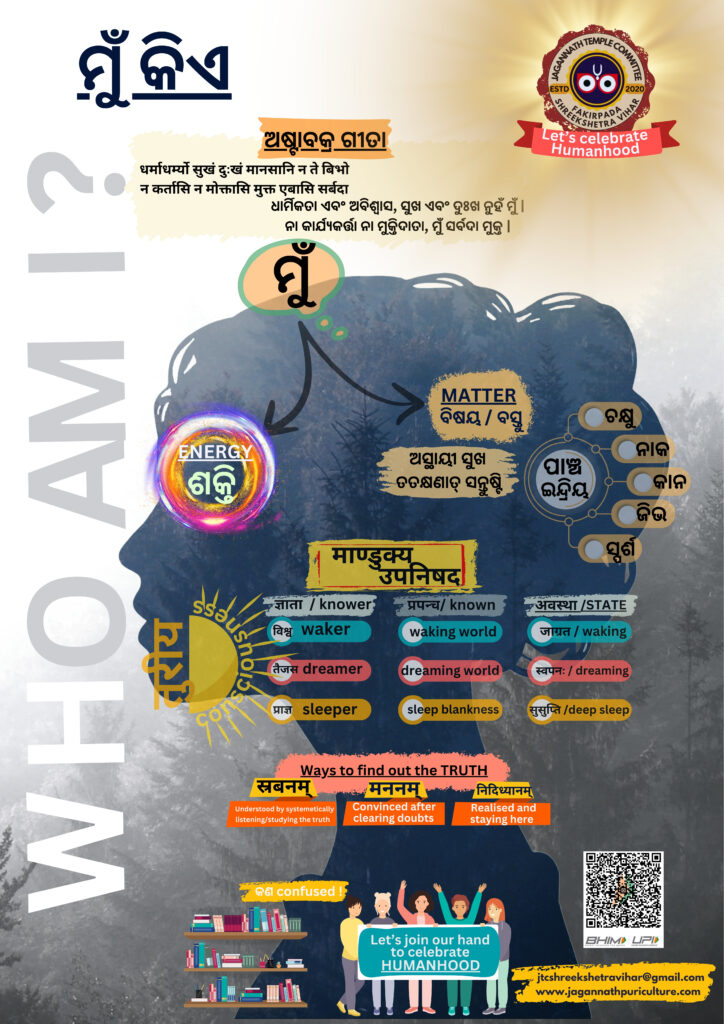Happy_Mother’s_Day
🌸 Celebrating Mother’s Day with the Divine Mothers Within A Spiritual Reflection in Q&A Format Q1: Why celebrate Mother’s Day with goddesses like Durga, Lakshmi, and Saraswati? A: While we traditionally honor our biological mothers on this day, I believe Mother’s Day can also be a time to recognize the divine motherly energies that guide our inner world. Maa Durga, Lakshmi, and Saraswati are not just mythological figures—they are powerful representations of the strength, abundance, and wisdom within each of us. Q2: Who are these three goddesses, and what do they represent in daily life? Maa Durga – The Mother of Power She symbolizes strength, courage, and protection. In daily life, she’s the inner voice that helps you rise during tough times, fight injustice, and protect what you love. Maa Lakshmi – The Mother of Prosperity She represents wealth, well-being, and gratitude. She reminds us that prosperity isn’t just about money—it’s about abundance in love, relationships, health, and contentment. Maa Saraswati – The Mother of Wisdom She stands for knowledge, creativity, and clarity. Her presence is felt in moments of inspiration, learning, and calm reflection. Q3: How do these divine Mothers live inside us? A: Spiritually speaking, these goddesses are not faraway deities—they live within our conscience. Every time you: Speak up for what’s right – Durga shines through. Practice gratitude and share with others – Lakshmi blesses you. Seek truth or express creativity – Saraswati whispers in your mind. Q4: How can I celebrate them on Mother’s Day? Here are a few heartfelt ideas: 🌺 Light three lamps—one for each goddess—and meditate on their qualities. 🪷 Create or display a mandala art featuring their symbols (lion, lotus, veena). 📝 Write a journal entry or letter of gratitude to each Mother for her guidance. 🎧 Listen to or chant their mantras: “Om Dum Durgayei Namaha” “Om Shreem Mahalakshmiyei Namaha” “Om Aim Saraswatyai Namaha” Q5: Can children or families be part of this celebration too? A: Absolutely. You can teach children about the three types of inner strength: Be brave like Durga, Be kind and giving like Lakshmi, Be curious and calm like Saraswati. A small family prayer, storytelling session, or artwork activity can make it joyful and meaningful for everyone. Q6: What message do you want to leave for Mother’s Day this year? A: I honor the three Mothers who live within me. They remind me that I am never truly alone—strength, prosperity, and wisdom walk beside me every day.








